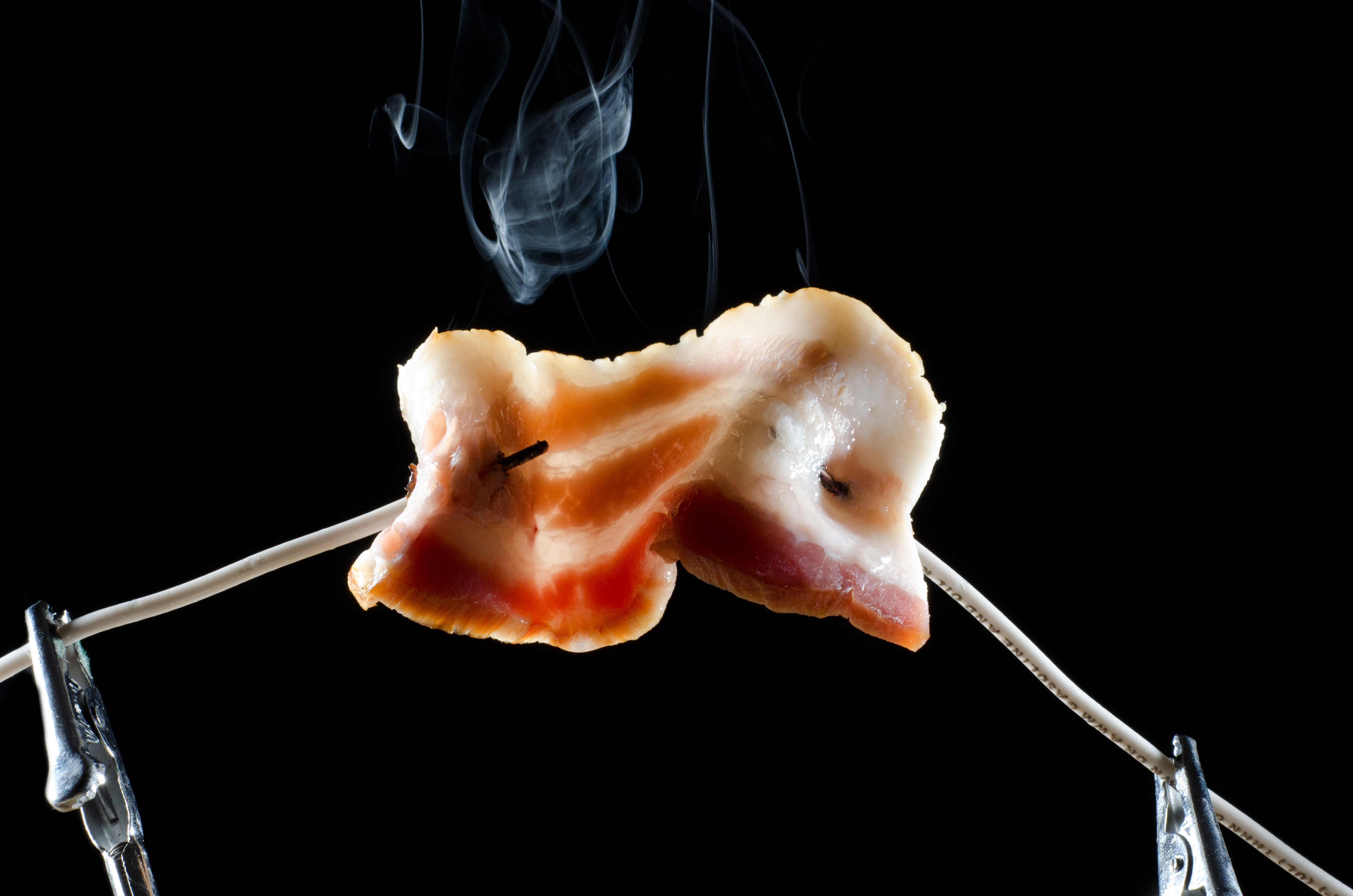I Dare You To Eat Bottled Salad Dressing Again
In no other dish does the condiment take center stage as it does in salad. With a billion varieties of dressings out there, it’s easy to be tempted by a bottle of Hidden Valley (or Annie’s, if you drive a Volkswagen).
